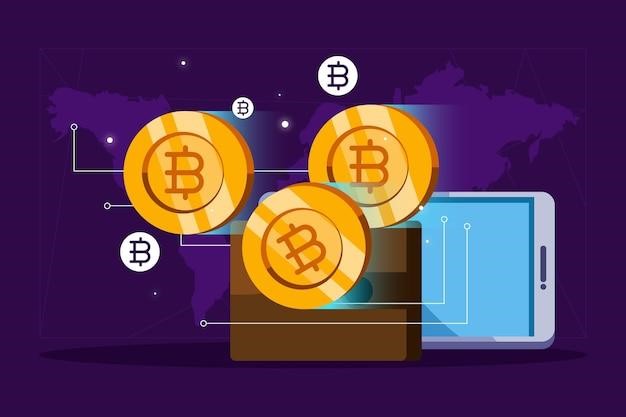Now, unlike any other time, the Ethereum world is growing, but so are the gas prices associated with transactions. For instance, just one year ago, the Ethereum gas prices stood at an average of
14.38, but today the gas charges are 153.27. This rise represents a surge in fees with over 1000%.
It’s becoming more expensive every other day to trade using the Ethereum networks. What would you say about a platform that lets investors leverage the ethereum network at the lowest to no gas charges? Well, Holderfinance introduces a gasless protocol with the motive of reducing GAS. What exactly is Holder Finance?
Holder Finance is a Defi token project based on a Cross-chain ecosystem as a store of value. It has a token dubbed HFi, which helps in running the entire ecosystem. HFi tokens are like digital gold since their value will increase vastly due to the surging demand over the years. The total supply of the tokens will remain at 1000, all released in 10 years.
Holder finance introduces a protocol dubbed HolderSwap, the all-in-one solution to the unfavorable Ethereum gas fees, cross-chain trading and AAT as Automated Arbitrage Trading.
HolderSwap
HolderSwap is Holder Finance’s Decentralized exchange plugin created as the ultimate solution for the surging Ethereum gas fees. Trade executors and recipients will use personalized trade execution charges.
The Dapp introduces some of the best features to ensure the gas fees are reduced to almost zero, thus leaving investors with ample incomes. Here are the features;
- Holder Limit Protocol
One feature introduced in the HolderSwap project which will help offer reduced gas fee is the holder limit protocol. This protocol allows users to add limit orders on Uniswap gas free and place limit orders on BSC DEXes such as PancakeSwap, BurgerSwap or FEGex. This tool fosters utter simplicity and efficiency, thus capable of providing GAS free trades. The tools defining the holder limit protocol include;
- Top security and maximum decentralization
- Certified and audited
- Extra simple user interface
- Permitted batched transactions for lower gas fees
- An autonomous arbitrage trading option will be available in Uniswap, Balancer, SushiSwap, and Mooniswap.
- A simple and cost efficiency bridge protocol which allows cross-chain trading.
- The OTC Desk
HolderSwap will have an OTC market, an over-the-counter trading tool allowing users to access exchange services fast and effortlessly. This tool offers traders personalized services, thus avoiding slippage, high fees, and other swap and trading issues.
The OTC tool helps you sell tokens free from taxation. Among the attributes defining the OTC desk include;
- Highly dedicated to early users by providing an intuitive UI and simplifying the entire process.
- Supports all ERC-20 and BEP20 assets and other assets like wBTC, wETH and USDC and USDT
- The OTC will host a decentralized application that will help serve everyone globally in real-time.
- Dynamic Fee Adjustment Tool
Centralized exchanges charge their trading fee based on the monthly volume, i.e., the higher the volume, the lower the fee, and the vice versa is also true. However, this system is unfair to small traders with smaller volumes.
HolderSwap is developing a tool dubbed dynamic fee adjustment tool where the trading fee will vary based on the asset’s volatility and price movements. The minimum attainable trading fee is 0.05%, and the maximum is 1%, all dependent on the volatility. This provides benefits for all traders and users of HolderSwap by giving equal advantages in using the platform.
- Liquidity Provision Cap
The liquidity provision cap is designed to ensure the users earn the best income for providing liquidity in a pool. HolderSwap instills systems to ensure the rewards on liquidity provision brings better rewards than in other exchanges like UniSwap.
HolderSwap’s Native Token
As a product of the Holder Finance project, HolderSwap will leverage the powers of the HFi token. However, HolderSwap has its native utility token dubbed HFS that serves people within the platform. Users are rewarded with HFS tokens in the platform for using the HolderSwap plugin OTC desk, limit orders, and liquidity provision.
This token will help reward the HFi token holders based on their stakes and the persons participating in trades within the network as well as a dual rewards farming program..
There is a maximum number/total supply of the HFS token of 3,000,000 HFS which is going to be released over a year. Therefore the platform institutes strong policies to ensure it protects the values of these tokens through a high deflationary mechanism..
It hardens the minting of new HFS tokens, thus effectively limiting the number of tokens in circulation over time. This minting difficulty will follow the prevailing prices and surges of these tokens over a 24 hour period. For instance, if the price surges by 10%, the limiting difficulty will increase with an almost similar intensity. Other algorithms will also be instituted to ensure that the supply and circulation are limited and the demand remains high.
The platform will also instill a token burn mechanism to burn 5% of every sell order once the circulating supply hits 200k HFS.
According to their
podcast, HFS completed their LGE recently minting around 60,000 HFS.
Top Transparency and Security
HolderSwap assures investors top security and transparency through the various policies they set for the tokens. For instance, the platform developers will only list ERC-20/BEP-20 tokens with the following attributes;
- The new token must be audited by their security partner CDTSEC
- An open-source contract that CDTSEC has already approved
- A token that already runs safely on UniSwap or PancakeSwap
Conclusion
Holder finance’s introduction provides crypto investors with an excellent opportunity for investing in a value retention token. However, more advantageous is the introduction of HolderSwap by Holder Finance. HolderSwap is the long-awaited solution to the many issues clouding Defi, especially the ever increasing Gas fees in the Ethereum network. This gasless protocol ensures that regular traders benefit from trading at favorable to no fee by leveraging the OTC, limit protocol, and fee adjustment tool.
Its native token HFS is also providing excellent opportunities for earning passive incomes to all the investors. Investors should be ready to try out this tool and expect the best results.
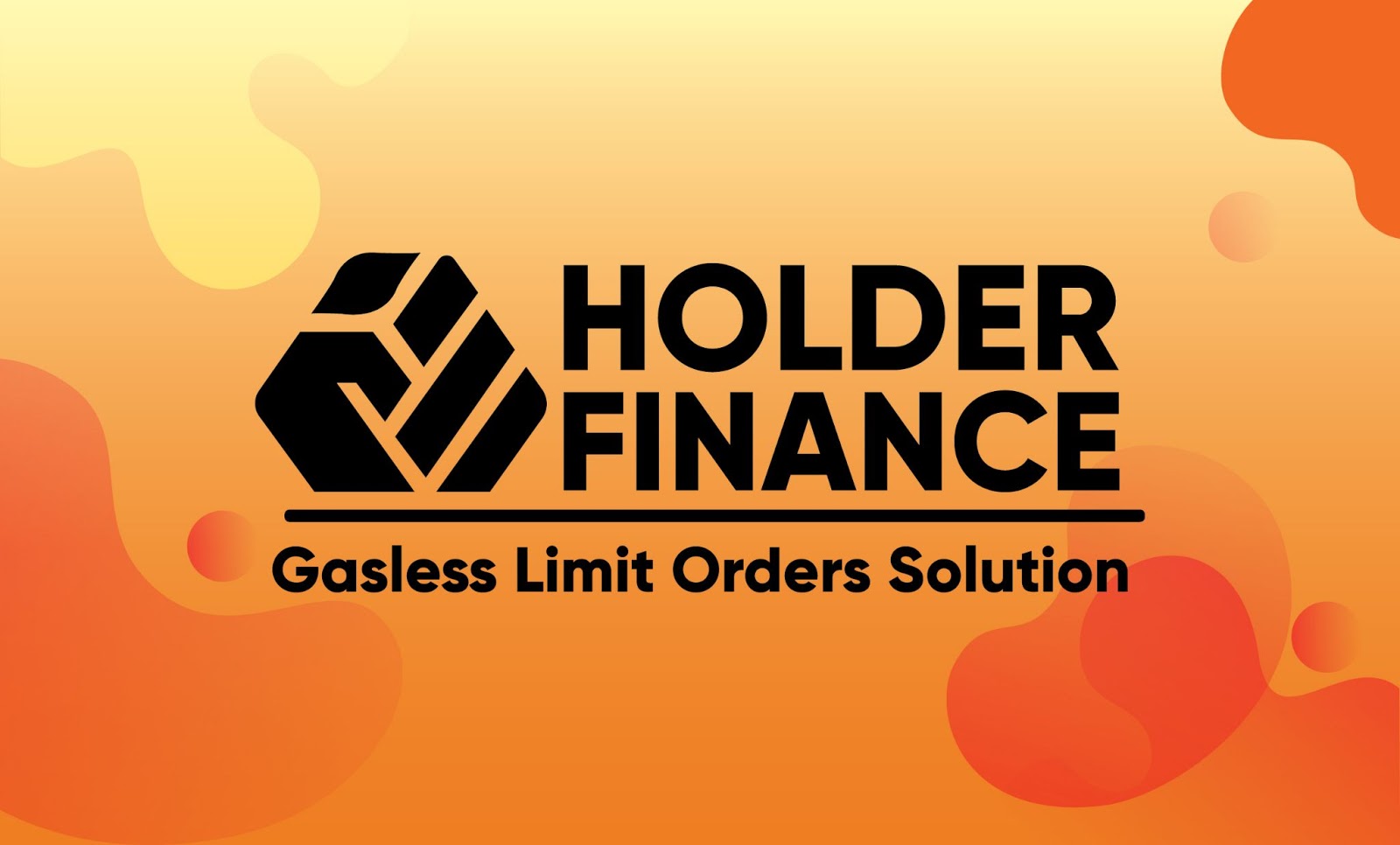



 Crypto2 years ago
Crypto2 years ago
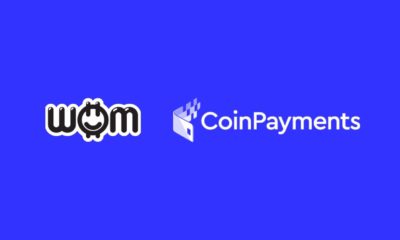

 Blockchain4 years ago
Blockchain4 years ago
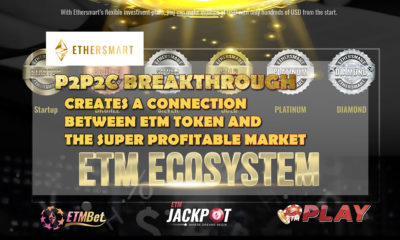

 Press Release4 years ago
Press Release4 years ago


 Press Release4 years ago
Press Release4 years ago


 Blockchain4 years ago
Blockchain4 years ago
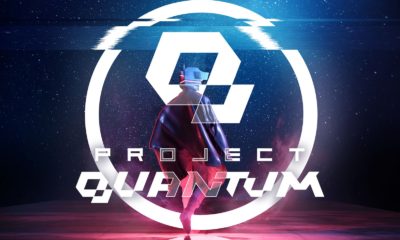

 Press Release3 years ago
Press Release3 years ago


 Press Release4 years ago
Press Release4 years ago
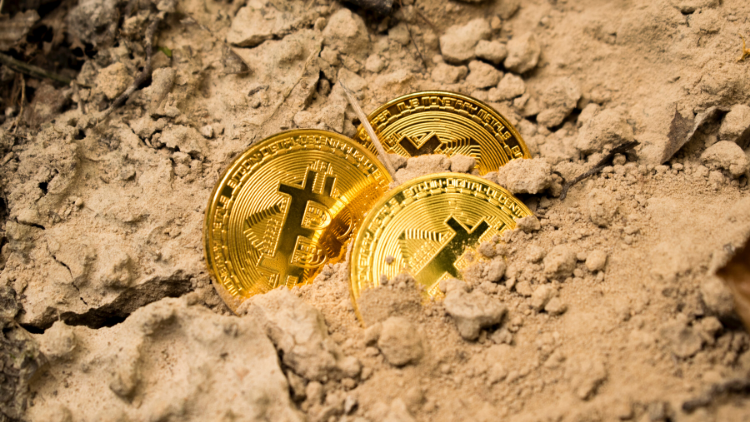

 Blockchain4 years ago
Blockchain4 years ago


